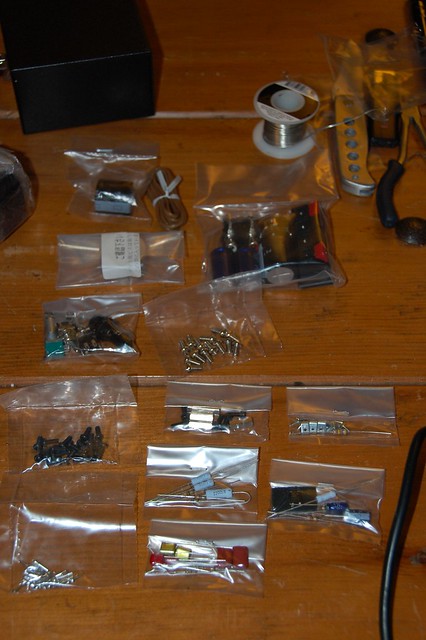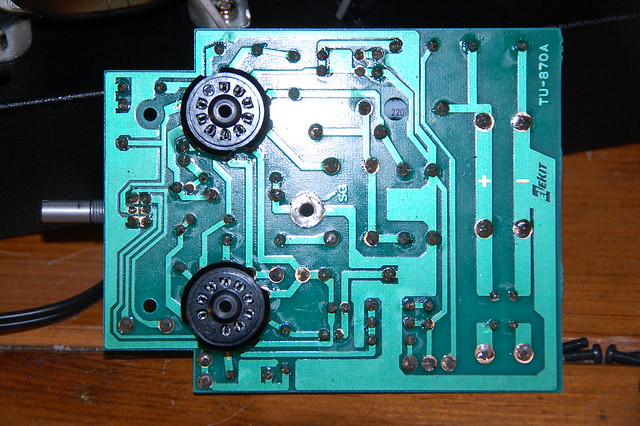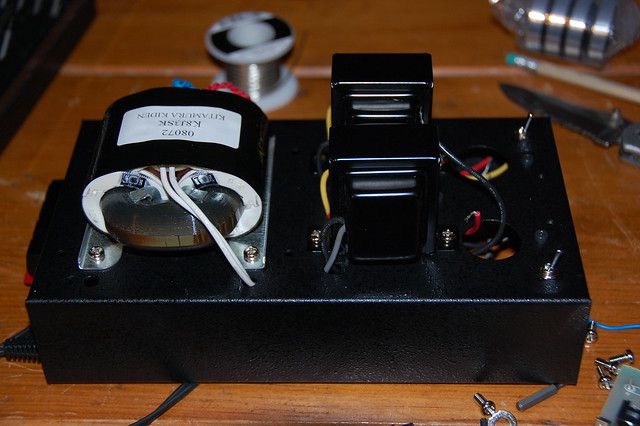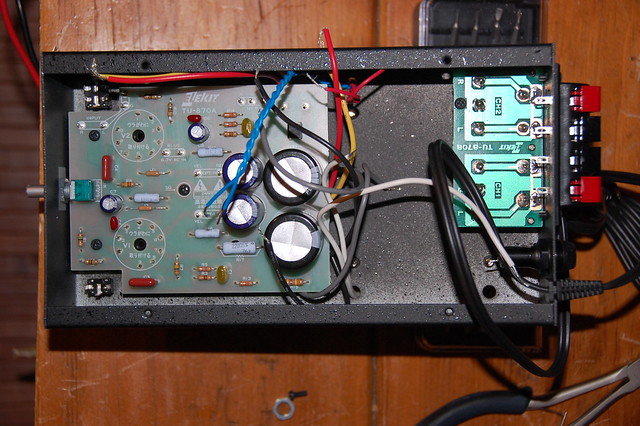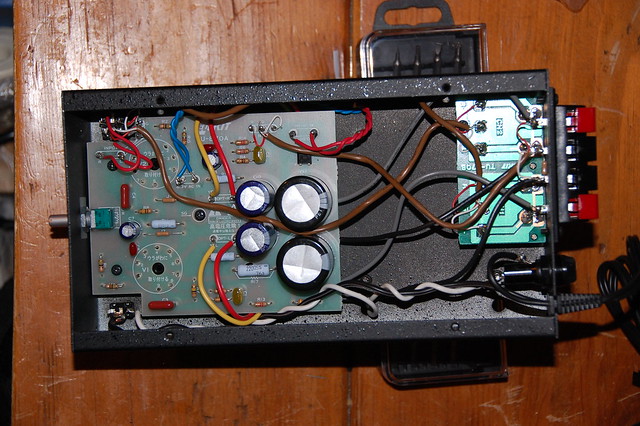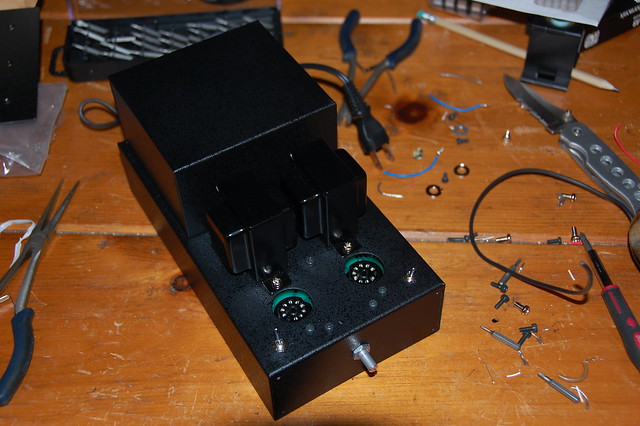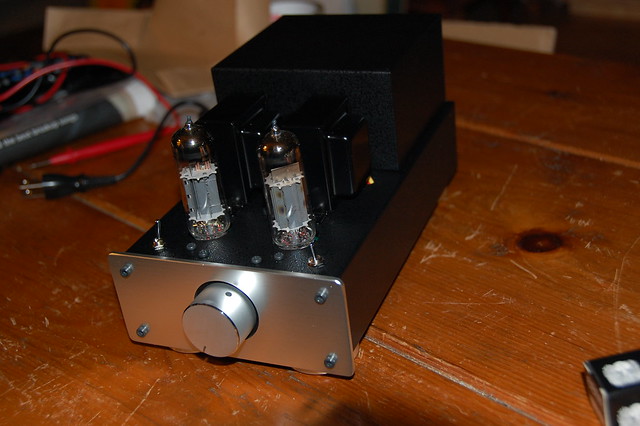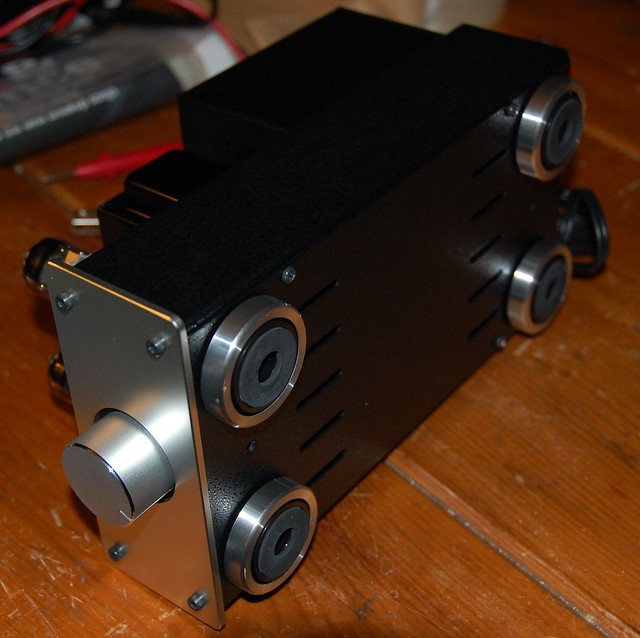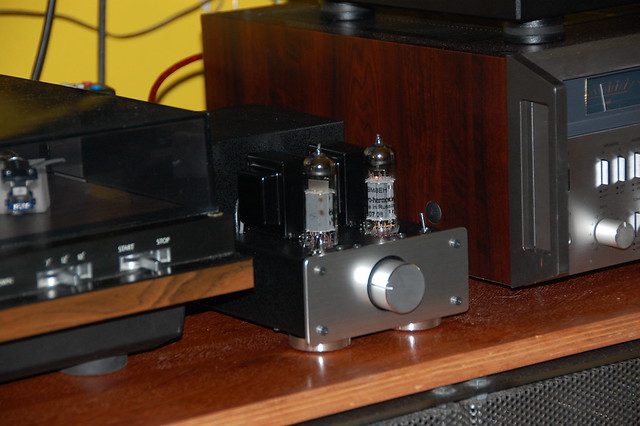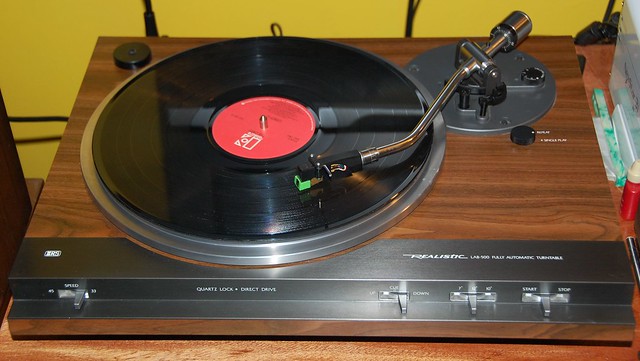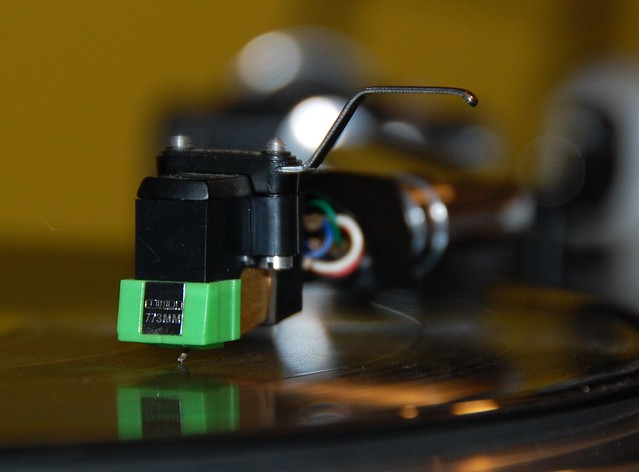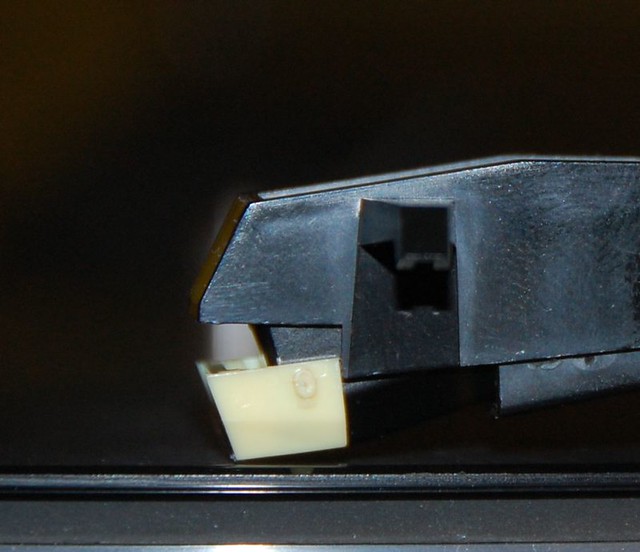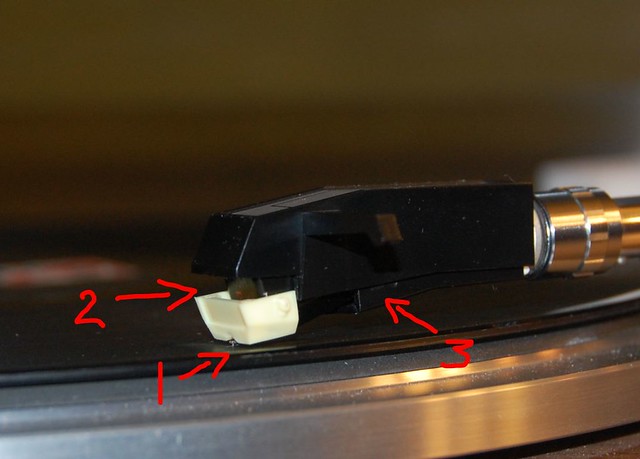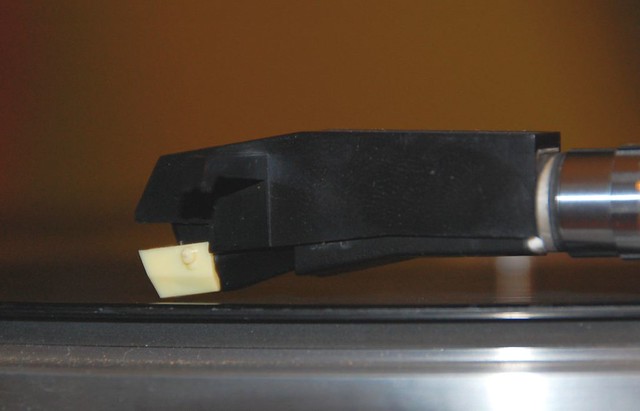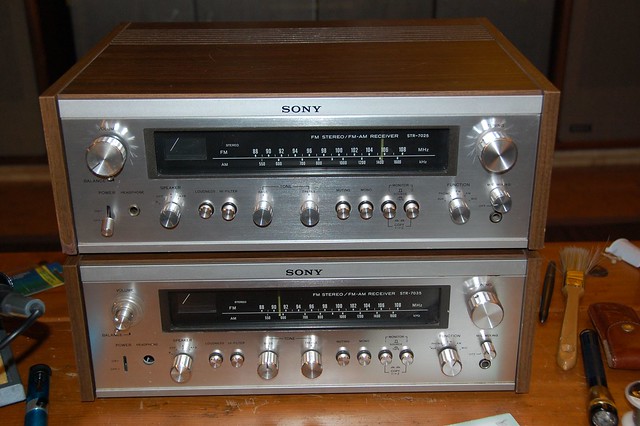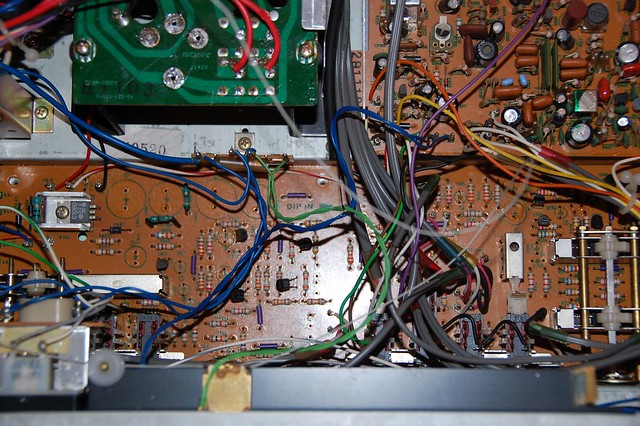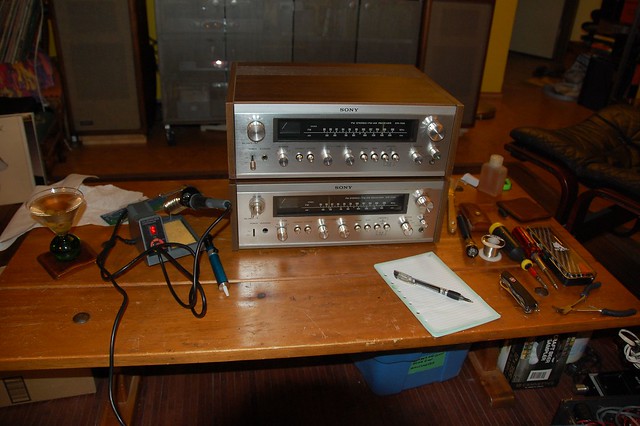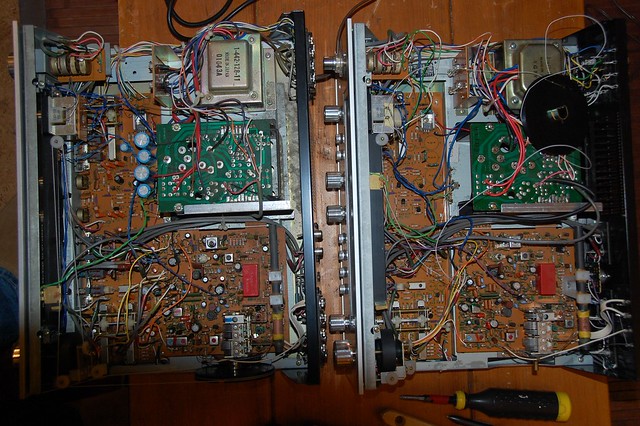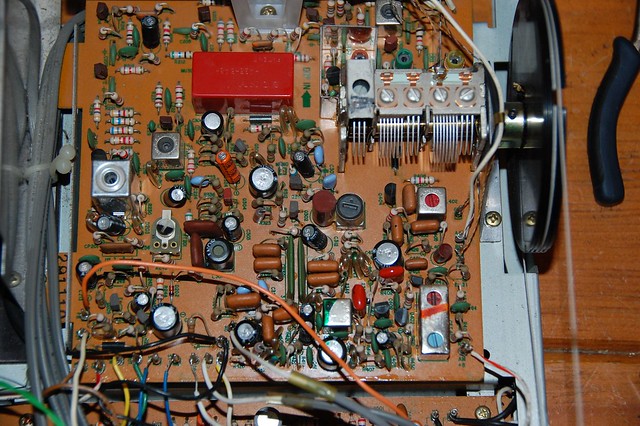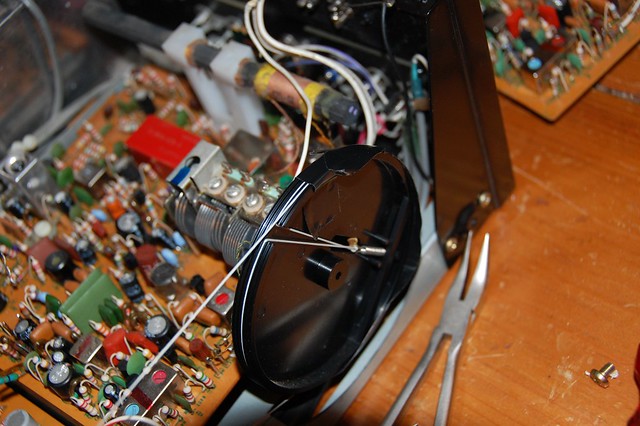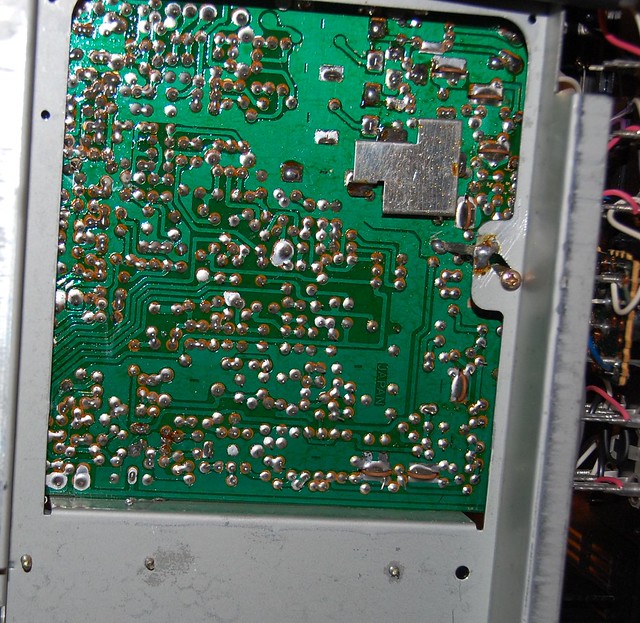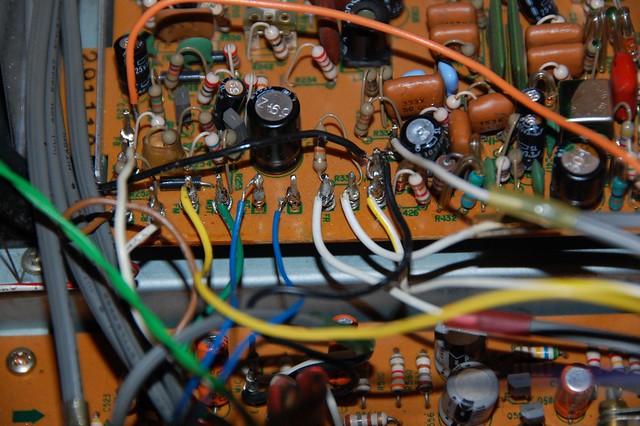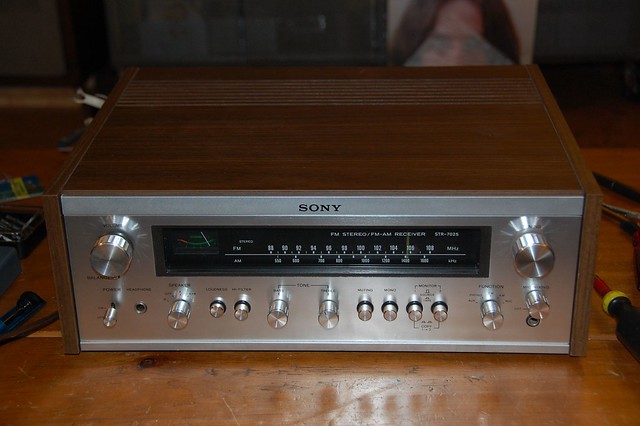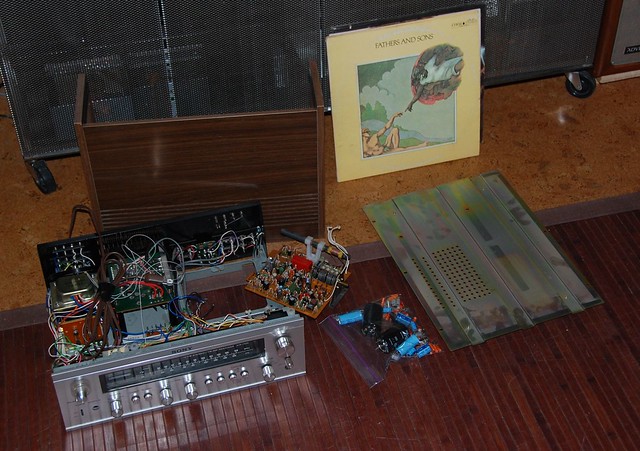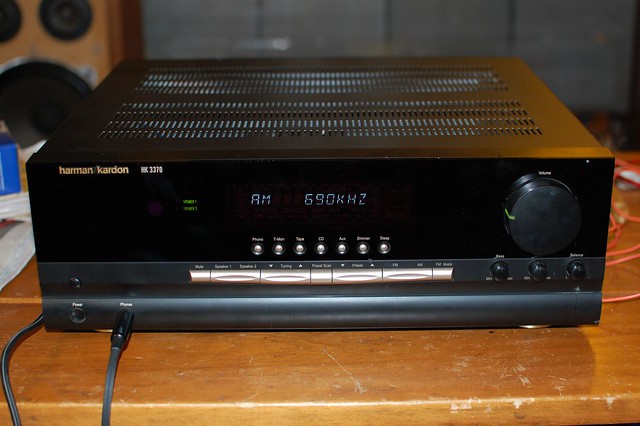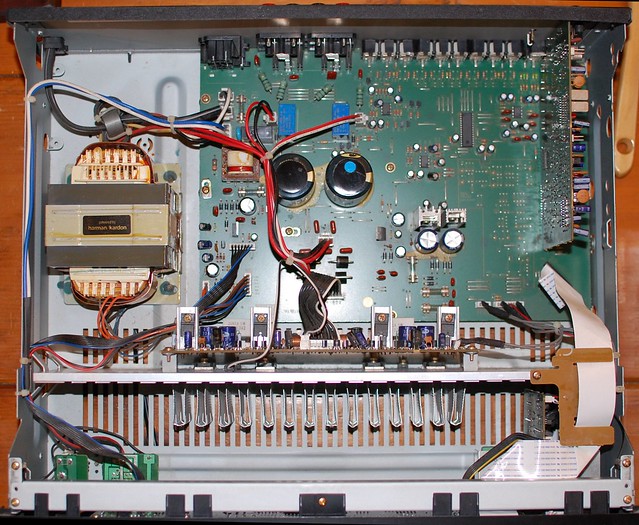I managed to find the fault in the wiring that had my Elekit tube amp not performing as it should (see previous post). It took a bunch of steps to find it, though might have been easier if I had just started at the "other end". Or as my dad used to say, "it was in exactly the last place I looked", as if you would continue looking after you found whatever it was.
In looking for the problem, all the obvious steps were at first to check the external wiring. The input cables, output wires for the speakers, and even the speakers themselves were all swapped to no avail. I switched the tubes from one side to the other. Nope.
I then went inside. I poked and prodded at the various wires and examined solder joints and pretty much everything else. I then decided to actually reflow the solder junctions. This essentially means to melt the solder again, and maybe even add a bit, just in case there were any bad or cold joints. Nada.
I suspected also that perhaps the fine shielded wire used to connect the PCB to the speaker terminals might be at fault as I may have shorted something there while stripping the very thin gauge wires. Close but not quite...
I removed some of those wires and added in one to bypass the potential short, and still no dice. Looking more closely I finally figured out that one of those skinny wires was heading to the wrong side of the speaker output. WHITE goes to RED not BLACK dammit!
Once that was redone it plays just great! More listening reports will follow but whew!!
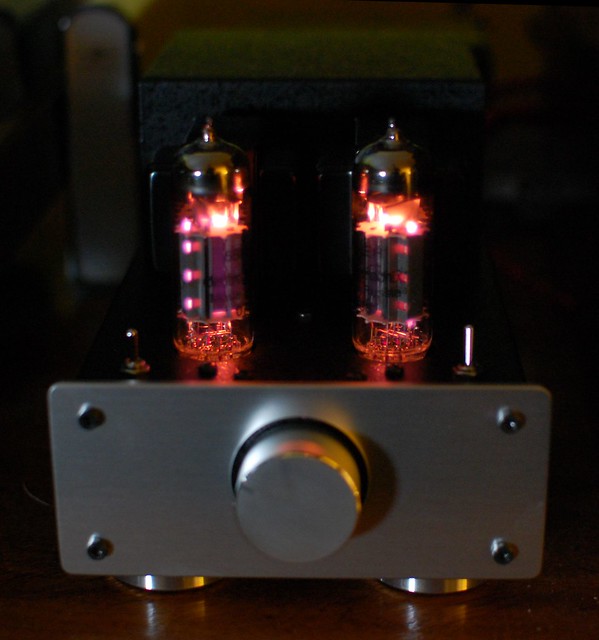
In looking for the problem, all the obvious steps were at first to check the external wiring. The input cables, output wires for the speakers, and even the speakers themselves were all swapped to no avail. I switched the tubes from one side to the other. Nope.
I then went inside. I poked and prodded at the various wires and examined solder joints and pretty much everything else. I then decided to actually reflow the solder junctions. This essentially means to melt the solder again, and maybe even add a bit, just in case there were any bad or cold joints. Nada.
I suspected also that perhaps the fine shielded wire used to connect the PCB to the speaker terminals might be at fault as I may have shorted something there while stripping the very thin gauge wires. Close but not quite...
I removed some of those wires and added in one to bypass the potential short, and still no dice. Looking more closely I finally figured out that one of those skinny wires was heading to the wrong side of the speaker output. WHITE goes to RED not BLACK dammit!
Once that was redone it plays just great! More listening reports will follow but whew!!


